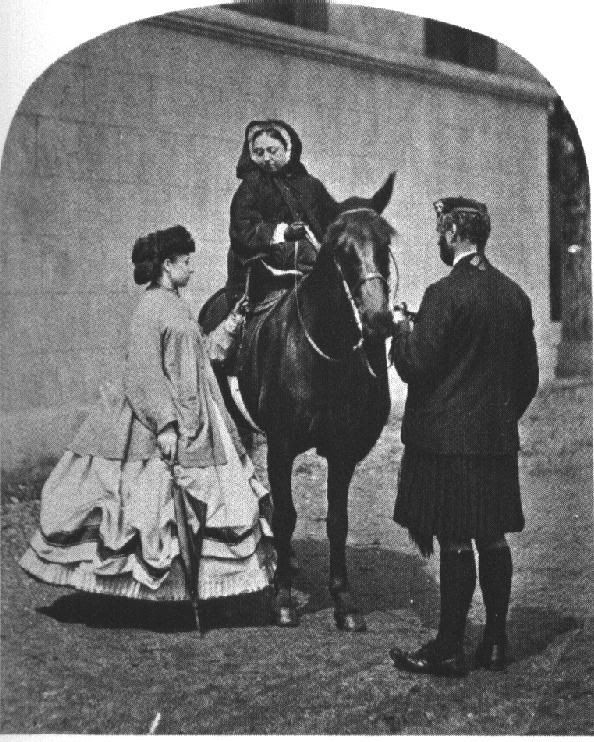The way I define "contemporary" or "non-traditional" kilts, they have their modern-day origins with the Utilikilt in America and the 21st Centery Kilts in Scotland. I'm not sure which company originated their product first, but I believe all of the other companies making contemporary styles of kilts have come after, and in some way or another been influenced by those fashions.
But as for simply "non-tartan" kilts, those have been around for as long as the kilt itself, and are very traditional. It has never been a requirement that a kilt be made from tartan, and though tartan has always been the most popular cloth for making kilts, other options have always been there.
The earliest evidence we have of a solid color kilt is in a portrait of Sir Duncan Campbell of Lochow painted in 1635 (recently posted in the historic portrait thread). He's wearing a solid red
feilidh-mor.

When artist R. R. MacIan illustrated his figures for James Logan's
The Clans of the Scottish Higlands, in 1845-48, he depicted a few of them in solid kilts. Some, like his Ferguson and MacArthur, were his renditions of historic dress (as he understood it), but others, like this MacIntyre in a solid blue kilt, were contemporary depictions.

When we are in the Victorian era, solid kilts, either worsted or tweed, are not hard to come by. John Brown was famous for wearing a solid black kilt.

The ghillies are Balmoral from this era are frequently pictured in tweed kilts.
And some military regiments, such as the London Scottish and the Toronto Scottish, have made solid kilts a part of their uniform.
So solid kilts have always been with us, and I don't really think of them as either "contemporary" or "non-traditional."


















Bookmarks